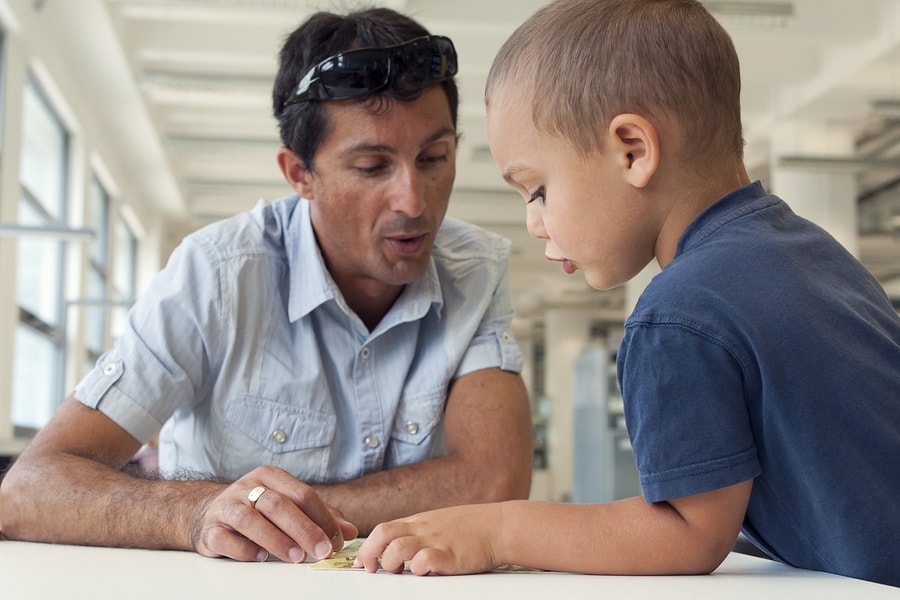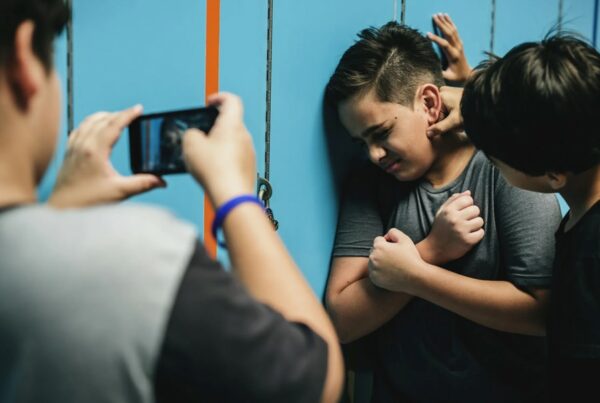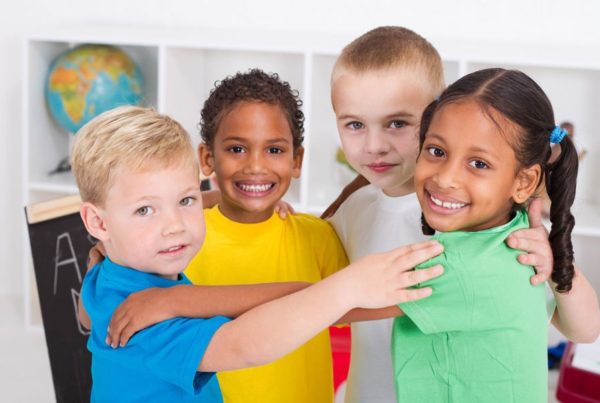
Source: StopBullying.gov
What You Can Do
Adults have a major role in helping to prevent bullying. Find out what you can do.
Parents
Parents play a key role in preventing and responding to bullying. If you know or suspect that your child is involved in bullying, there are several resources that may help.
- Recognize the warning signs that your child is involved in bullying. They could be being bullied, bullying others, or witnessing bullying. Although these signs could signal other issues, you should talk to your child if they display any sort of behavioral or emotional changes. Many times kids won’t ask for help, so it is important to know what to look for. If your child is at immediate risk of harming himself or others, get help right away.
- Learn what bullying is and what it is not. Understanding what bullying is is the first step in forming a plan to prevent or respond to bullying with your child. Many behaviors that look like bullying may be just as serious, but may require different response strategies. You can also learn about:
- The frequency of bullying;
- Who is at risk for being bullied and bullying others; and
- The effects of bullying
- Cyberbullying often requires different strategies than in-person bullying. Learn how to work with your kids to prevent cyberbullying and how to respond when it occurs.
- Utilize tips and tools to talk to your child about bullying. Opening lines of communication before your child is involved in bullying makes it easier for them to tell you when something happens. It is also important to work with a school to help prevent bullying before it starts.
- If you know or suspect bullying has occurred, learn how to find out what has happened with your child. Understanding what has happened can also help in communicating with school or community officials about the situation.
- If you have determined bullying has occurred, learn how you and school or community officials can work together to support your child, whether they were bullied, bullied others, or witnessed bullying. Learn also about considerations for specific groups.
- If bullying is occurring at school, learn about what your state requires schools to do in your state’s anti-bullying law. Learn also about federal laws that require schools to address harassment based on race, color, national origin, sex, and disabilities and ways to report situations that have not been adequately addressed to the U.S. Departments of Education and Justice.
- If you have worked with your child and your school and need additional assistance, find resources to help address the situation.
Educators
Schools are a primary place where bullying can happen. Helping to establish a supportive and safe school climate where all students are accepted and knowing how to respond when bullying happens are key to making sure all students are able to learn and grow. There are many tools on StopBullying.gov specific for teachers, administrators, and other school staff.
- Learn what bullying is and what it is not. Many behaviors that look like bullying may be just as serious, but may require different response strategies. You can also learn about what to look for as warning signs that some of your students might be involved in bullying and who might be at more risk for being involved. Know about special considerations for specific groups.
- Establish a safe school climate. Often the first step to preventing bullying is making sure the students, teachers, and administrators alike are educated about bullying. Tools like the School Bus Drivers Training and Classroom Teacher Training can help. For kids, tools like these webisodes can help them learn about bullying.
- Learn how to engage parents and youth in the building a positive school climate. Learning how to talk about bullying with youth is a critical step.
- Know about your obligations under your state’s anti-bullying law. Learn also about federal laws that require schools to address harassment based on race, color, national origin, sex, and disabilities. Work to establish rules and policies to help let the entire school community know the expectations around bullying and procedures to report and investigate when something happens.
- Assess bullying in your school and understand how your school compares to national rates of bullying.
- Respond when bullying happens. Learn how to stop it on the spot, find out what happened, and support all students involved.
- Avoid misdirections in bullying prevention and response strategies.
- Utilize free Federal and Non-Federal Resources on bullying.
Community
As an adult in the community, you play an important role in ensuring all children are safe from bullying. Whether you work in law enforcement, mental health services, community or youth organizations, or any other role that works with children, there are resources to help you take action against bullying.
- First, understanding what bullying is and what it is not is critical in forming bullying prevention strategies. It is also good to know what your state’s laws are about bullying. Some laws, such as in Washington, D.C., cover community organizations as well as schools.
- Utilize the community action planning toolkit to host anti-bullying events in your community and develop a comprehensive strategy for bullying prevention.
- Explore other Federal and Non-Federal resources that might help you in planning your bullying prevention work.
- If you know or suspect bullying is taking place in the community, learn how to respond.
- Learn more about working in the community, including potential partners and additional strategies.







